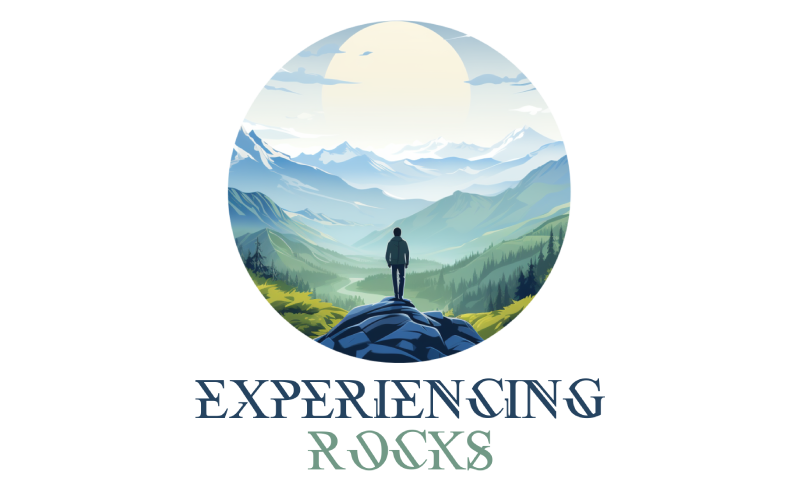Gazing up at the starlit sky from the serenity of a campsite offers a profoundly humbling and awe-inspiring experience, a moment where the vastness of the universe becomes tangibly real. This guide aims to enrich your camping adventures with the celestial wonders of the night sky, providing an insightful and comprehensive exploration of stargazing while camping. It’s an endeavor that promises to deepen your connection with the natural world and expand your understanding of the cosmos.
Embarking on a stargazing adventure begins with choosing the right location. Secluded spots away from city lights, known as dark sky areas, are ideal for an unobstructed view of the heavens. National parks often offer such pristine conditions. Take into account the lunar calendar while organizing your journey. A new moon night is perfect for stargazing, as the absence of moonlight reveals the most stars. In contrast, a full moon, with its own majestic beauty, illuminates the landscape but can outshine fainter stars.
Understanding what you’re looking at adds depth to the experience. Familiarize yourself with basic constellations and notable celestial objects visible during your camping trip. Apps and star charts can be invaluable tools for this. The constellations visible to you change based on your geographical position and the season. For example, in the Northern Hemisphere, the Big Dipper is a familiar sight in summer skies, while Orion dominates winter nights.
As the sun sets and twilight deepens, the first stars to appear are the brightest. Sirius, the brightest star in our night sky, is often among the first to twinkle into view. As darkness envelopes the landscape, more stars emerge, and the band of the Milky Way becomes visible, stretching across the sky like a celestial river. On a clear night, away from light pollution, you might spot other galaxies, nebulae, and even shooting stars.
Seasonal meteor showers, such as the Perseids in August or the Geminids in December, offer a thrilling spectacle. These events, caused by Earth passing through the debris left by comets, can fill the sky with streaks of light. To maximize your chances of witnessing these celestial fireworks, research the peak times and lie back in a comfortable position with a wide view of the sky.
Telescopes can bring distant galaxies and nebulae within sight, but they aren’t essential for a fulfilling stargazing experience. A pair of binoculars can reveal the craters of the moon, the moons of Jupiter, and the rings of Saturn. They are portable and less complicated than telescopes, making them a great tool for beginner stargazers.
Safety and comfort are paramount. Dress in layers to adapt to the night’s cooler temperatures. A reclining chair or a blanket can provide comfort during extended periods of sky-watching. Remember to bring a red-light flashlight, as it will preserve your night vision better than a standard flashlight.
Stargazing while camping isn’t just about the celestial objects you see; it’s also about the experience itself. The quiet of the night, the crackling of the campfire, and the company of fellow campers contribute to a memorable experience. It’s a time to reflect, to share stories and thoughts, and to feel a part of something larger than ourselves.
In conclusion, stargazing during a camping trip is an enriching activity that connects us with the universe and with each other. It requires minimal equipment but offers maximum reward: a deeper appreciation of our place in the cosmos. Whether you’re a seasoned astronomer or a casual observer, the night sky offers endless fascination and beauty. So on your next camping trip, take the time to look up and lose yourself in the wonders of the universe.

